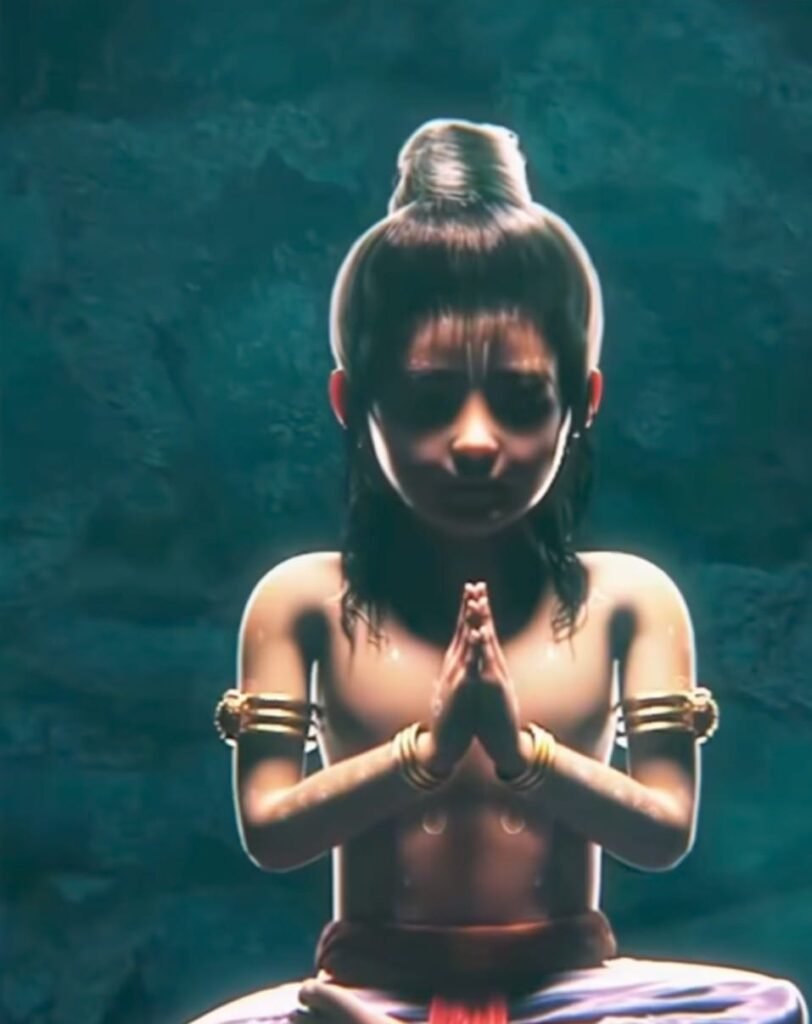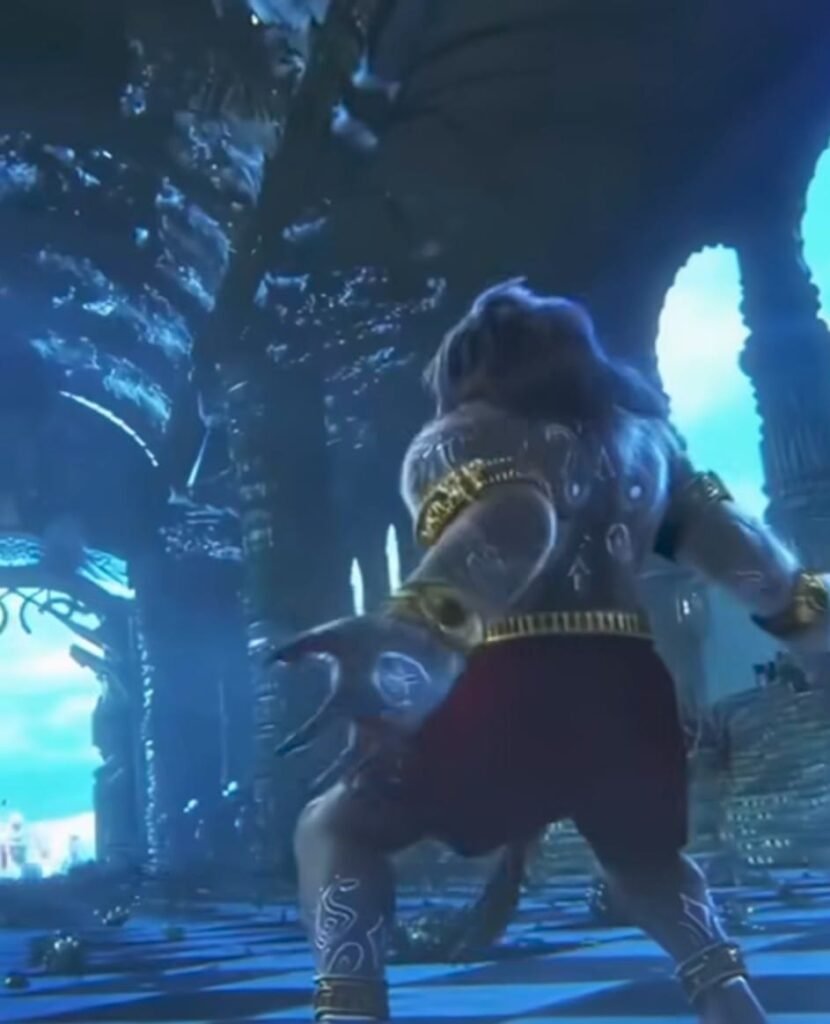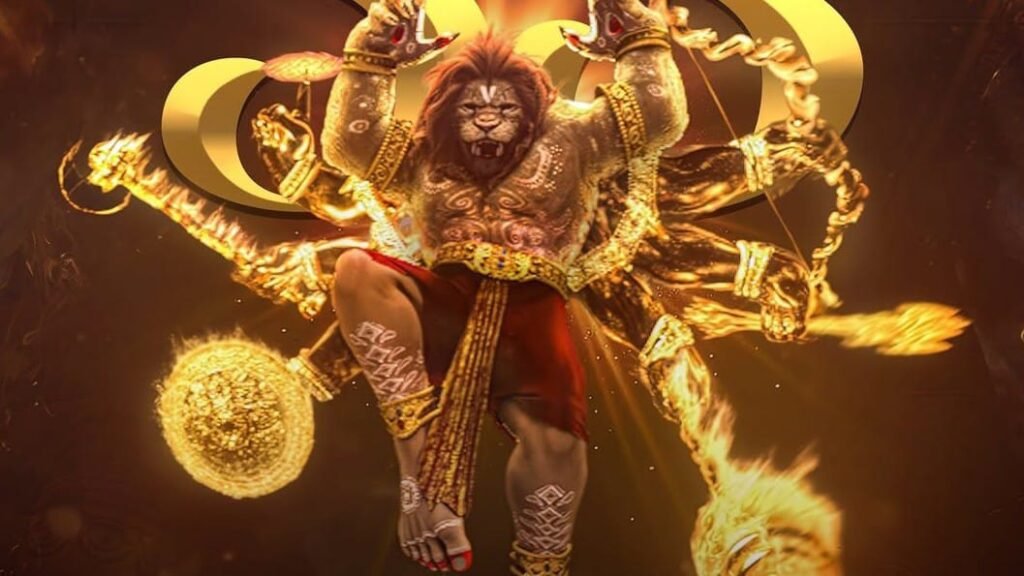Mahavatar Narsimha’s ₹44.75 Cr Success in 7 Days: The Animated Blockbuster No One Saw Coming!
As mythological cinema in a country that mostly focuses on masala and action movies, ‘Mahavatar Narsimha’ has become an unlikely phenomenon. The animated film based on ancient Indian mythology grossed ₹44.75 crore in just 7 days, astounding box-office analysts.
But how did a relatively low-cost animated film make such an impact in a crowded industry? Here, we’ll unpack the mythological success story, examining not just audience perceptions and storytelling, but box-office trajectories and a changing film industry.

The Emergence of Animated Mythology in Indian Cinema
A Shift in Cultural Storytelling
Indian cinema has flirted with mythology for decades, think Ramayan, Mahabharat and various versions of Hanuman, but these stories were, for the most part of limited in scope, niche or television. ‘Mahavatar Narsimha’ has changed the landscape.
The film about the fierce half-lion, half-man avatar of Vishnu, Lord Narasimha, is an unused but widely revered area of Indian mythology. What makes it unique? First, it is high-quality animation, technologically sound storytelling, and relatable spiritual engagement for an audience of any age.
Primary Factors for Mahavatar Narsimha’s Box Office Gross

1. Strong Mythological Connect
Indian audiences have significant spiritual connections to stories from the Puranas and Vedas. Lord Narasimha represents divine justice, raw strength, and intimidation; he is respected yet neglected in modern media. The film allowed the audience to experience a rare spiritual-visual experience in the modern cinema environment.
2. Family Audience Appeal
Most animated films appeal mainly to children. Mahavatar Narsimha is not your regular animated film; it is structured for family viewing. It has gripping combat scenes, emotional arcs, and moral lessons, so the film resonates with both grandparents and Gen Z.
3. Digital Ripples
Multiple Indian spiritual influencers and yoga gurus posted video snippets on YouTube, Instagram, or other social media posts and shared their reactions to the film on X (previously Twitter). So those digital ripples allowed the film to organically go viral.
4. No Hard Competitors
The film had little competition the week of its release, with titles either fizzling out or not appealing to families. Therefore, Mahavatar Narsimha could dominate multiplexes and single screens in theatres alike.
5. Regional Language Dubs Expanded Reach
The film accumulated huge box office numbers in five Indian languages-Hindi, Tamil, Telugu, Kannada, and Malayalam-and thus was able to achieve a connection with audiences across pan-India. Regional dubbing used to be a new fad; it’s a strategic weapon at the box office now.
What This Means for Indian Animation In The Future
- The mythological genre is back – and thriving
- Good quality animation is finally receiving its due
- Audiences want content that connects to their culture and values
- Spiritual stories have a box office advantage
A Roar that will Resonate
Mahavatar Narsimha didn’t just break the box office – it made a statement! Audiences are ready for more culturally conscious, spiritually penetrating, and visually provocative examples of storytelling. It also proved that animation doesn’t have to be for children, and that magic happens when mythology and modern cinematic vision hit the screen together!
FAQs
1. Is ‘Mahavatar Narsimha’ grounded in the real Hindu scriptures?
Yes. The film takes stories from the Bhagavata Purana and Vishnu Purana, telling the story of Lord Narasimha, who is the fourth avatar of Vishnu.
2. Why did the film perfrom better after the weekend?
Good word-of-mouth and reviews are essential factors. Plus, many families were waiting for weekday shows so they didn’t have to deal with crowds over the weekend.
3. Is it worth the time to watch in theatres?
For sure. The festival visuals and sounds in the film are best on a big screen, especially the divine battle scenes.
4. Will there be a sequel to this movie?
Nothing is confirmed yet, but the creators implied other Vishnu avatars might be explored in future volumes.
5. Is it appropriate for kids?
Yes. The film is suitable for the family as it teaches values, cultural heritage, and spiritual depth in an entertaining way.
6. How does it stack up to Hollywood animated films?
In terms of story and cultural riches, it is on par. Animation quality will still take a bit more time, but ‘Mahavatar Narsimha’ makes up for that in reality and emotional weight.
